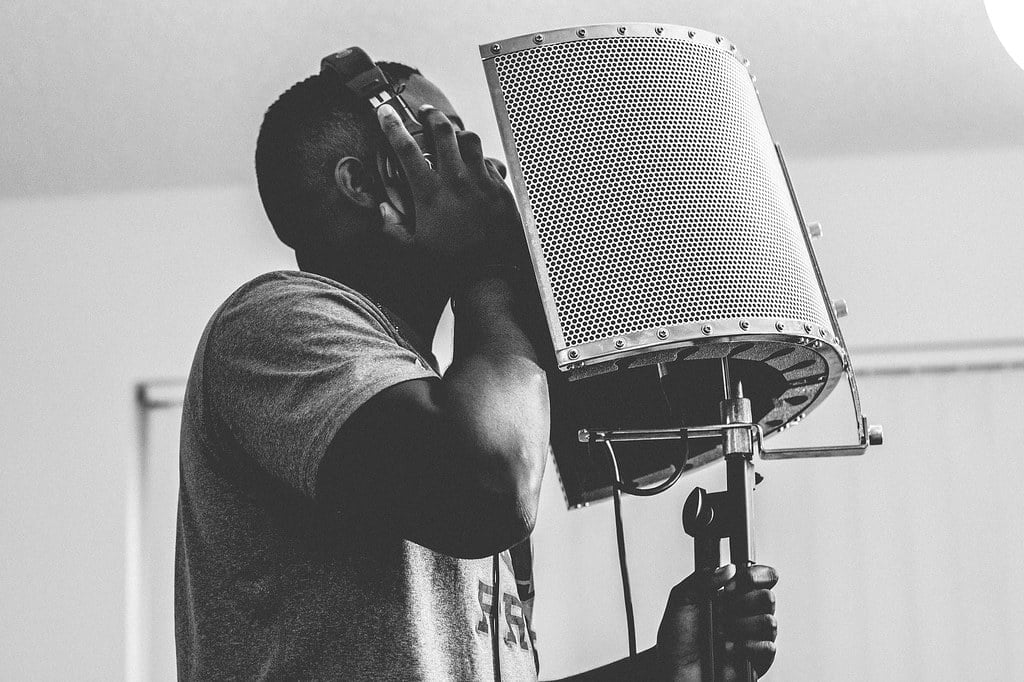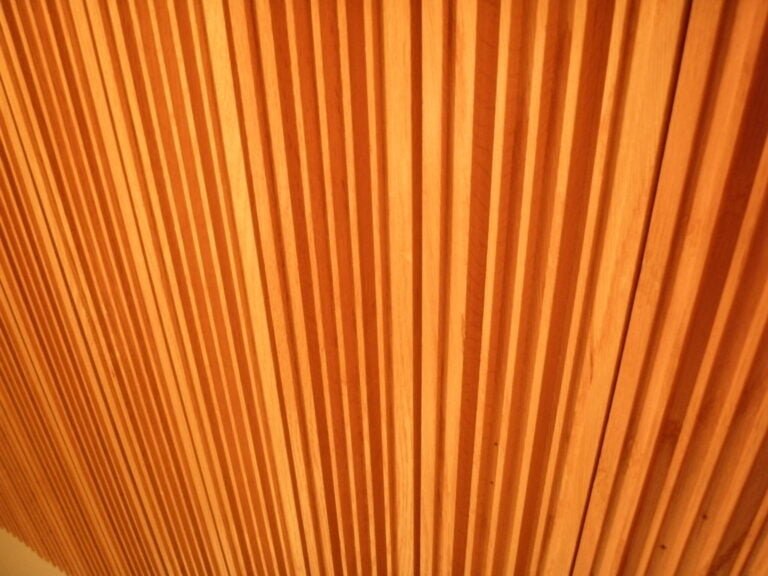Building a Portable Vocal Booth: DIY Solutions for Improved Vocal Recordings
To build a portable vocal booth for improved vocal recordings, you will need materials like acoustic foam, PVC pipes, egg-crate foam, mineral wool panels, and thick blankets. Choose a quiet location with good acoustics and access to a power supply. Building a closet vocal booth involves decluttering, using absorbent materials, ensuring quiet lighting, and providing a power source in a controlled environment. For a mattress vocal booth, use memory foam mattresses in various configurations to optimize sound absorption and enhance sound quality cost-effectively. Creating a blanket vocal booth with PVC pipes and acoustic blankets offers portability and cleaner recordings. Professional-quality vocal recordings can be achieved through these DIY solutions.
We are supported by our audience. When you purchase through links on our site, we may earn an affiliate commission, at no extra cost for you. Learn more.
Materials for DIY Portable Vocal Booth
When constructing a DIY portable vocal booth, essential materials include acoustic foam, PVC pipes, egg-crate foam, mineral wool panels, and thick blankets for ideal sound absorption and isolation. Acoustic foam is a go-to choice for sound absorption due to its ability to reduce unwanted noise reflections and echoes, creating a more critical environment for vocal recordings. PVC pipes serve as a sturdy frame for hanging sound-absorbing materials like blankets, allowing for easy setup and customization of the booth’s interior. Egg-crate foam, with its unique design of peaks and valleys, offers a vital solution for enhancing sound isolation within the booth, minimizing sound leakage and external noise interference.
Mineral wool panels play a pivotal role in soundproofing the portable vocal booth, effectively blocking out external noises and creating a more acoustically controlled space for recording vocals. These panels can be strategically placed to target areas prone to sound leakage, ensuring a quieter and more focused recording environment. Additionally, utilizing thick blankets in the booth helps to further reduce sound reflections, providing a cleaner and more professional sound output in vocal recordings. By combining these materials thoughtfully, one can create a portable vocal booth that optimizes sound absorption, isolation, and overall sound quality, making it an ideal DIY solution for improved vocal recordings.
Choosing the Location for Vocal Booth
To optimize vocal recordings, carefully select a location for the portable vocal booth that minimizes background noise and maximizes sound quality. When choosing a spot for your vocal booth, take into account the ambient noise levels in the area. Choose a room away from sources of noise such as traffic, appliances, or other people moving around, as these can interfere with your recordings. Good acoustics are essential for a successful vocal booth. Look for a space with minimal echo and reverberation to guarantee clear and crisp vocal recordings. The room should have sound-absorbing materials like carpets, curtains, or acoustic panels to enhance the sound quality within the booth.
Additionally, it is important to have access to a power supply within the selected location. This is necessary for lighting and operating any recording equipment you may use in the booth. Easy setup and accessibility are also key factors to take into account. Make sure the location allows for convenient setup of the vocal booth and easy access for recording sessions. Furthermore, the space should comfortably accommodate the size of the portable vocal booth without feeling cramped. By carefully selecting a suitable location that meets these criteria, you can create an ideal environment for recording vocals with minimal distractions and excellent sound quality.
Building a Closet Vocal Booth
I will demonstrate the steps to create a closet vocal booth efficiently. Building a closet vocal booth involves converting a medium-sized closet into a functional space for recording vocals. To begin, clear out any clutter from the closet and remove flat surfaces that may cause sound reflections. Enhancing the acoustics of the closet can be achieved by applying dense absorbent materials such as acoustic foam or acoustic blankets to the walls, floor, ceiling, and door. These materials help in reducing sound reflections and improving sound quality within the space.
When building a closet vocal booth, it is important to make sure that the lighting is quiet to prevent any interference with the recording. Additionally, having access to a power source in the closet is important for running recording equipment. Choosing a closet for a vocal booth provides a controlled environment that can positively impact the sound quality of recordings.
Constructing a Mattress Vocal Booth
Constructing a mattress vocal booth involves strategically utilizing one to four mattresses to enhance sound isolation for best recording quality. Memory foam mattresses are the preferred choice due to their superior sound isolation properties compared to box springs. Different configurations, such as single, V-shape, C-shape, or four-sided booths, can be created with mattresses to cater to various recording needs.
To optimize sound absorption within the mattress vocal booth, it is essential to add sound-absorbing material on the hard flooring and above the singer’s head. This additional material helps to reduce unwanted reflections and echoes, resulting in clearer vocal recordings.
A mattress vocal booth provides a cost-effective solution for improving vocal recordings by offering a DIY alternative to a professionally acoustically treated room. The use of mattresses in constructing a vocal booth helps in dampening sound and minimizing external noise interference, creating a more controlled recording environment.
When dealing with low frequencies during vocal recording, the sound isolation provided by the mattress vocal booth can greatly enhance the overall sound quality. For an affordable and efficient sound treatment setup, a mattress vocal booth equipped with additional acoustic panels can be a valuable asset in achieving professional-grade vocal recordings.
Creating a Blanket Vocal Booth
When creating a blanket vocal booth, one can achieve a cost-effective and portable solution for improving vocal recordings. This DIY vocal isolation booth involves suspending acoustic blankets from a PVC pipe frame to construct a sound-absorbing enclosure. The use of acoustic blankets facilitates sound absorption, reducing room reflections and minimizing ambient noise, ultimately leading to improved vocal recordings.
The portability of this setup is a significant advantage, allowing for easy relocation and use in various recording environments. By utilizing affordable materials like PVC pipes and acoustic blankets, one can create an effective vocal booth without breaking the bank. This budget-friendly approach typically costs between 200 and 250, making it a practical choice for those looking to enhance their vocal sound quality without investing in professional options.
The blanket vocal booth serves as a versatile solution for artists, podcasters, or voice-over professionals seeking a convenient method to achieve cleaner recordings. Its ability to address acoustic issues by dampening sound reflections and isolating vocals from unwanted noise makes it a valuable addition to any home studio setup. Overall, the blanket vocal booth offers a simple yet effective way to elevate the quality of vocal recordings in a cost-efficient and portable manner.







